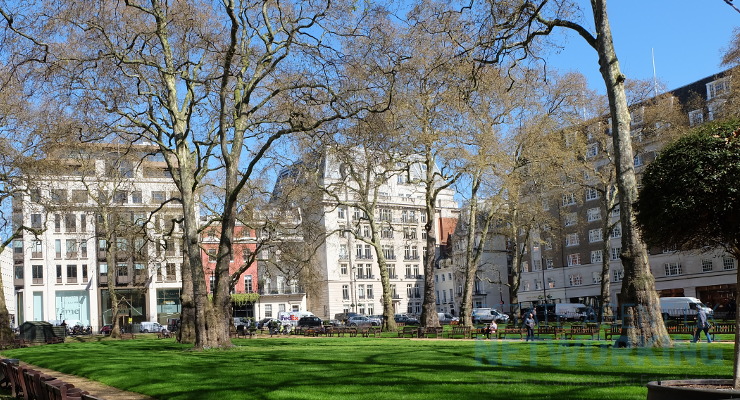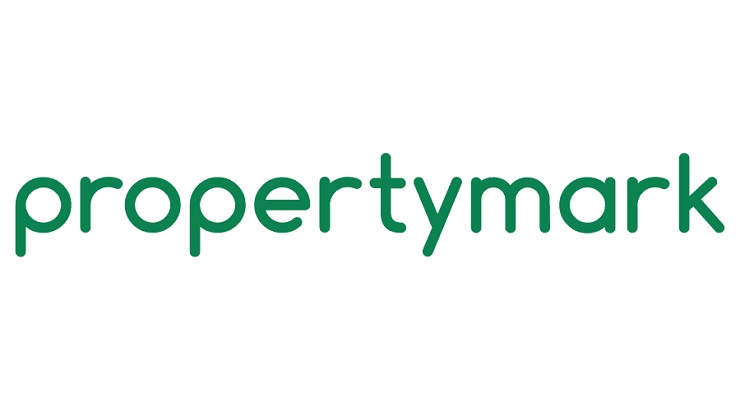Scottish Private Rented Sector Pushes On To Record High
• Annual growth rate in Edinburgh leaps forward
• Glasgow clear as Scotland’s second priciest city
• Demand for large properties continues from family renters
• National Average now £799 per month growth
Scotland
Amidst all the changes in the Scottish PRS, the latest Citylets Report for Q2 2018 records very much business as usual as regards rent levels with all major markets operating broadly to trend. The Scottish national average edged upwards to a record high of £799 per month, up a modest 1.3% Year on Year (YOY), amidst continued demand for larger properties which saw 4 bed properties rise 3.3%.
Commentating on the latest report, Gillian Semmler, Communications Manager at Citylets said, “There has been a lot of regulatory and tax change in the Scottish PRS of late such as the introduction of the new PRT and now Registration of Letting Agents, however the markets continue to chart broadly the same course. The annual growth rate in Edinburgh has returned to the circa 5% levels seen in recent years but Glasgow continues to edge upwards at just over 1%. Demand for larger properties remains high in many urban areas resulting in above average rises.”

Edinburgh
Rents in Edinburgh reached another high this quarter, up 4.8% year on year (YOY) to £1087 per month and represents a spike in annual growth from the more sanguine levels of circa 3% seen over the last year. It is likely further highs will be reported at Q3 2018 as we enter peak season given rents have risen 9 times out of the last 10 between spring and summer periods.
Securing a rental in Edinburgh remains competitive with the market ticking along at pace with an average Time To Let (TTL) of 26 days, just 1 day more than Q2 2017.
All main Edinburgh markets posted strong increases in Q2 2018 on the previous year with 4 bed properties outperforming the city averages rising a significant 6.8% YOY and taking just 20 days to let, down 5 on last year.

Glasgow
The Glasgow rental market continues to operate to a steady trajectory with both average rents and TTLs almost unchanged on last year. The average property in Glasgow now rents at £763 per month, up just 1.1% YOY, and takes 27 days to let. Overall the PRS in Scotland’s largest city appears well balanced however 1 bed properties recorded significant annual gains at 4.5%. The continued rise of Glasgow, albeit slight, coupled with Aberdeen’s continued falls has resulted in a clear gap opening up (£23) between the two cities having surpassed the granite city average for the first time last quarter.

Aberdeen
Rents in Aberdeen continued to fall in Q2 2018 to average £740, down 6.1% on Q2 2017 and broadly in line with trend over the past 18 months. Investors may have hoped for a leveling off on rents which remains illusive however it is noteworthy that 1 bed properties posted falls of just 2.7% YOY with a TTL 4 days faster at 48 days. Property to rent in Aberdeen is now £59 per month below the national average which was boosted by above trend rises in Edinburgh in particular.

Dundee/West Lothian/South Lanarkshire/Renfrewshire
Other major urban areas around Scotland also posted positive annual growth of between 2% and 4%. Dundee saw rises for all property types (1-4 beds) with the city average up 2.5% on last year to stand at £618 per month. 1 bed properties outperformed the rest of the local market up 4.9% YOY and recording the fastest TTL at 44 days, an improvement of 4 days on Q2 2017. West Lothian averaged a 4.1% rise and there were also increases for South Lanarkshire (3.8%) and Renfrewshire (2.1%) where 4 bed properties recorded double digit gains at 14% and 11.3% respectively.

Commenting on the Scottish Market, Ian Lawson of Lomond Capital, said: “Strong sustained demand for accommodation in Edinburgh and Glasgow continues to show through, with market conditions and overall mechanics of PRS largely running as normal despite the changes to PRT and still to arrive RPZ’s. Demand in the 1-2 bed markets from an investment point of view is busy and continues to offer new investors a route in. Slow and steady in the other regions with some notable uplifts; Aberdeen is still attempting to claw its way back despite solid let numbers, and we expect to see more prominent rent shifts by the end of 2018.”
Shared by: Citylets Press Release – press@citylets.co.uk









